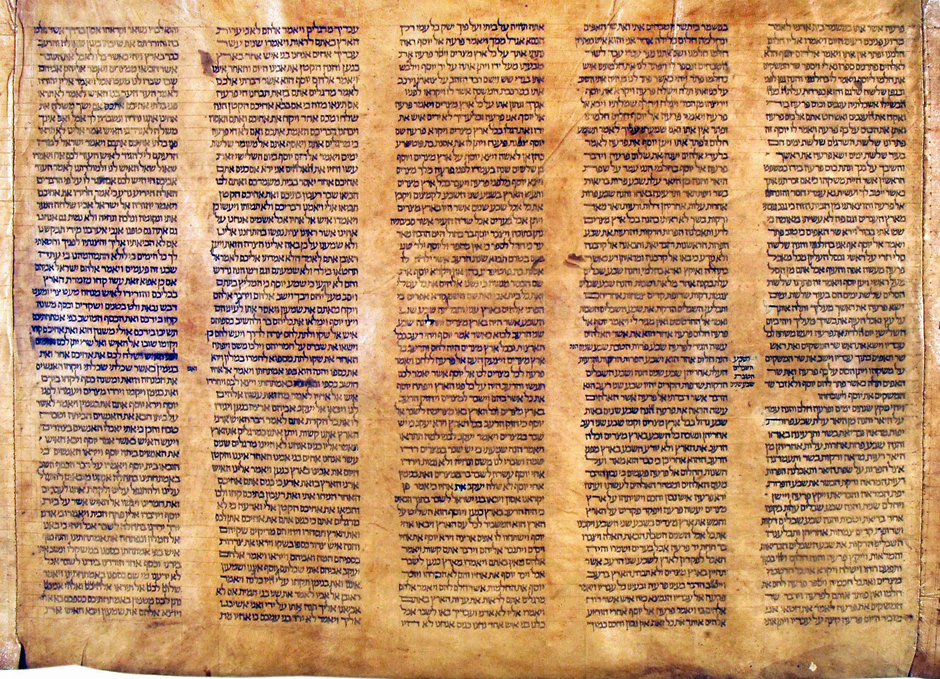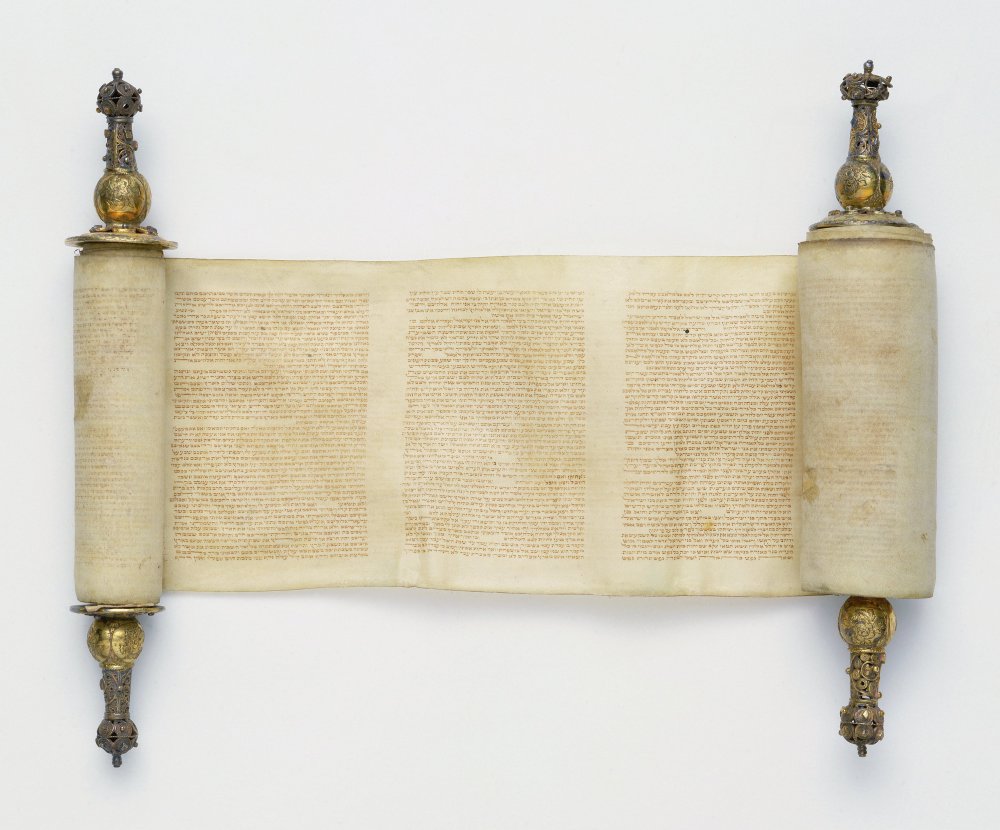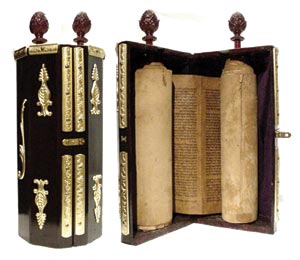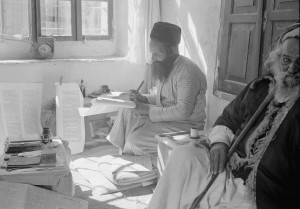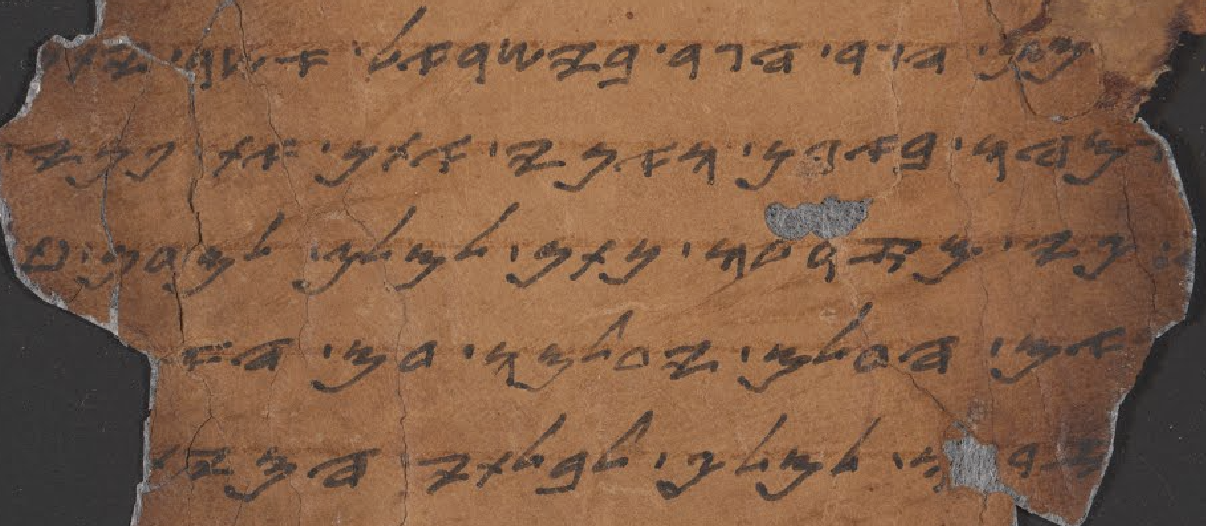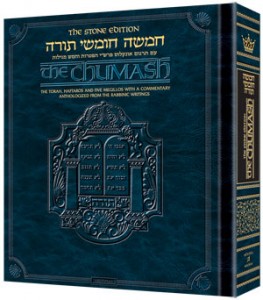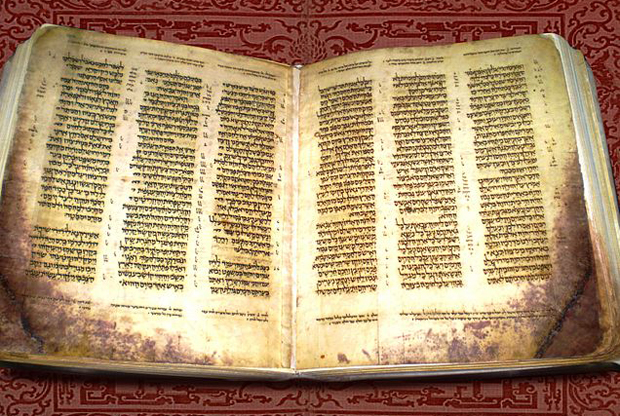The word תורה Torah precisely translates instruction. The basic root word of תורה Torah is ירה yarah meaning to shoot or aim at a target, ירה yarah can also imply laying a foundation. Therefore the immediate and end goal of Torah is precision and accuracy. The term is used for righteous instruction which apply to life. In a scriptural context the term is used at large for the instructions and principles of the Infinite One, the Creator of the Universe יהוה YaHuWaH. The term תורה Torah has become synonymous with the ספר sefer or scroll which contains the five distinctive “books” written by Mosheh (Mushah/Moses). However the תורה Torah is eternal. The very first book of the Scroll of Torah states:
“Abraham obeyed My voice and guarded My Charge: My commands, My laws, and My Torot” – Beresheeth (Genesis) 26:5
The form Torah in this verse is in the plural form meaning Abraham knew all the commands within the Torah. This is significant because Abraham existed 400 years before the Torah was written down by the hand of prophet Mosheh (Mushah/Moses). Noach (Noah) the prophet also knew the difference between clean and unclean beasts according to Torah and this was even before Abraham. Therefore we should understand that men who walked with יהוה YaHuWaH in times past knew the consistency and exactness of Torah even before it was written with ink.
ספר תורה Sefer Torah is a hand scribed copy of the Torah, the original Hebrew text of the Five Books of Mosheh (Mushah/Moses). The original Torah was attached to the side of the Ark of The Covenant. Many years after Mosheh passed away and the Temple (Beyt HaMiqdash) was built in the Promised Land by King Solomon, scribes would have to come to the Temple to copy the Torah. Though many copies would begin to circulate they had to be done exactly to be deemed acceptable. The scroll must be hand-written on Gewil (גוויל), or klaf (קלף) which are animal hides from kosher animals that have been prepared as a writing material using a quill with specialized ink. There are 613 mitzwot (“commandments”) found within the Torah according to traditional count. Granted the commands could be counted slightly more or less depending on how one separates the commands. Interestingly enough every Hebrew letter has a numerical value, the word Torah has a value of 611. The minimal testimonies required to establish a matter is 2, 2+611=613. One of the many laws found in Torah is to scribe a Torah Scroll. A Torah Scroll must meet very strict standards of production or is considered invalid. The calfskin or parchment on which the Hebrew Torah is written is mounted into wooden rollers called עץ חיים Ets Chaim(Tree of Life) . Each “page” or section of the hide is referred to as a leaf. The leaves are sown together using only elements from kosher animals, such as sinews or hair. A completed Torah Scroll is therefore a picture of the Tree of Life (Etz Chaim) whose leaves are for healing!
But his delight is in the Torah of יהוה (YaHuWaH), And he meditates in His Torah day and night. For he shall be as a tree Planted by the rivers of water, That yields its fruit in its season, And whose leaf does not wither, And whatever he does prospers. Tehillim (Psalm) 1:2-3
It (torah) is a tree of life to those taking hold of her, And blessed are all who retain her. Mishle (Proverbs) 3:18
“Baruch are those doing m His commands, n so that the authority shall be theirs unto the tree of life, and to enter through the gates into the city. Chazon (Revelation) 22:14
A sefer Torah contains 304,805 letters. The word Sofer meaning scribe can also mean a counter. The Sofer has to be very cautious with his work. The Yahudim (Jews) of Yemen also called Temoni have 9 additional letters which do not alter the pronunciation or meaning of the text but is due to the phenomenon of full vs. defective word forms. This phenomenon is similar to old English spellings vs modern English spellings. The word defend was originally written defende and the word which was spelled whiche.
The nine differences in spelling are:
מנש(ו)א Genesis 4:13 Ashkenazi/Sephardi vs. Temoni
מעינ(ו)ת Genesis 7:11 Ashkenazi/Sephardi vs. Temoni
ויהי(ו) Genesis 9:29 Ashkenazi/Sephardi vs. Temoni
ת(י)עשה Exodus 25:31 Ashkenazi/Sephardi vs. Temoni
האפ(ו)ד Exodus 28:26 Ashkenazi/Sephardi vs. Temoni
בשמ(ו)ת Numbers 1:17 Ashkenazi/Sephardi vs. Temoni
חדש(י)כם Numbers 10:10 Ashkenazi/Sephardi vs. Temoni
בע(ו)ר Numbers 22:5 Ashkenazi/Sephardi vs. Temoni
דכ(ה|א) Deuteronomy 23:2 Some Ashkenazi/Sephardi vs. Some Ashkenazi/Temoni
What is amazing about this is that though the Yahudi (Jewish) diaspora separated the House of Yahudah (Judah) for nearly 2,000 years the text itself is intact. We can trust the Torah that we have today! The text has been duplicated precisely by trained soferim (“scribes”) for over 3,500 years. The effort of scribing a Torah Scroll may take as long as approximately one and a half years. If an error occurs in transcription the sefer Torah may be rendered pasul (“invalid”) unless the mistake is minor and can be totally corrected.
The scrolls and fragments found in Qumran by the Dead Sea, referred to as the Dead Sea Scrolls demonstrate that there are no major differences between the written Torah today and the Torah written 2,500 years ago. Like the 9 spelling differences found in the Yemenite Torah, the Dead Sea Scrolls illustrate only differences in full and defective word forms which do not alter the original text. The largest differences found in the Dead Sea Scrolls can be found in the script. In the Dead Sea Scrolls we do not find a complete manuscript of Torah but we do find a complete manuscript of YashaYahuw (Isaiah). However there are fragments of the Torah. The fragments seem to suggest that the older copies of Torah were written in a different script than Modern Hebrew, this script is called largely Paleo Hebrew or Lashon Ibrit. Though the shape of letters may be different between the two, the same grammar, names of letters and sounds of letters remain. Modern Hebrew is largely attributed to Ezra Ha’Sofer (The Scribe). It should be noted that there are more examples of Modern Hebrew script in the Dead Sea than Paleo Hebrew.
Modern Sifrei Torah are written with forty-two lines of text per column (Yemenite Jews use fifty). The reliability of the Hebrew text is considered foundational, down to the last letter. For this reason translations or transcriptions are frowned upon for formal service use, and transcribing is done with extreme and painstaking care.
Since the invention of the printing press the text of the Torah is commonly printed and bound in book form for non-ritual functions. When in book form the text is known as a Chumash (“five-part”, for the five books of Mosheh/Moses), which is often accompanied by commentaries or translations.
The title of each of the five “books” of Mosheh (Mushah/Moses) is derived from the first unique word that appears in the text.
Beresheeth – “Beresheeth” translates “in the beginning” and has been labeled “Genesis” in the Greek language. This section talks about the Creation of the Universe, the Great Flood, and also relates the lives of the patriarchs and matriarchs of the Israelite nation which begin with Abraham and Sarah and end with Yahuseph (Joseph) in Mitsrayim (Egypt).
Shemoth – “Shemoth” means “names” in Hebrew and is called “Exodus” in Greek. This section of Torah relates the narrative of the Israelites and their bondage in Mitsrayim (Egypt), their journey to Mt. Sinai, the giving of the Ten Words or “commands” and their experience in the wilderness.
Wayyikra – “Wayyikra” is interpreted “And He Called” but has been titled “Leviticus” in Greek. This book deals mostly with the matters pertaining to the Kohanim (Priests) such as ritual, sacrifice, atonement and purity.
BaMidbar – “BaMidbar” translates “In the wilderness.” The Greek language has labeled this book “Numbers.” BaMidbar discusses the Israelites travels in the desert as they venture towards the Promised Land.
Debarim – “Debarim” means “words.” The Greek language calls this book “Deuteronomy.” This is the final book of the Torah. Debarim recounts the Israelites’ journey according to the words of Mosheh (Mushah/Moses) and ends with his death just before they enter the Promised Land.
The writings of the Torah are also part of the Tanakh. Depending on who is speaking sometimes Tanakh is referred to as the Hebrew “Bible” or “Old Testament.” The Tanakh contains not only the Five Books of Mosheh (Torah) but 39 additional important texts. The word “TaNaKh” is actually an acronym: “T” is for Torah, “N” is for Nebi’im (Prophets) and “kh” is for Ketubim (Writings). The oldest existing complete TaNaKh is the Aleppo Codex followed by the Leningrad Codex.
The Torah is the constitution for Am Ha’Sefer or “The People of the Scroll.” The Torah itself forbids adding to or subtracting from the text. According to the Torah not even a prophet or king could alter the original text that was housed in The Ark of the Covenant. Therefore the revelation of Torah is meant to to be an eternal revelation that cannot be altered.
And it shall be in the latter days that the mountain of the House of YaHuWaH is established on the top of the mountains, and shall be exalted above the hills. And all nations shall flow to it. And many peoples shall come and say, “Come, and let us go up to the mountain of YaHuWaH, to the House of the Elohim of Ya’aqob, and let Him teach us His ways, and let us walk in His paths, for out of Tsiyon comes forth the Torah, and the Word of YaHuWaH from Yerushalayim.” YashaYAHUW (Isaiah) 2:2-3
The time which YashaYAHUW (Isaiah) is referring to is deemed “The Messianic Age.” This is the time when the Anointed (Ha’Mashyach/Messiah) will rule and reign on the earth. Ha’Mashyach (The Anointed) is the ultimate Torah Teacher. The true concept of THE Messiah who is to come is that he is the embodiment of Torah. The true Hebrew Messiah (Mashyach) is Yahuwshuwa.
Yahuchanon (John) 1:14 And the Word became flesh and pitched His tent among us, and we saw His esteem, esteem as of an only brought- forth of a father, complete in favour and truth.
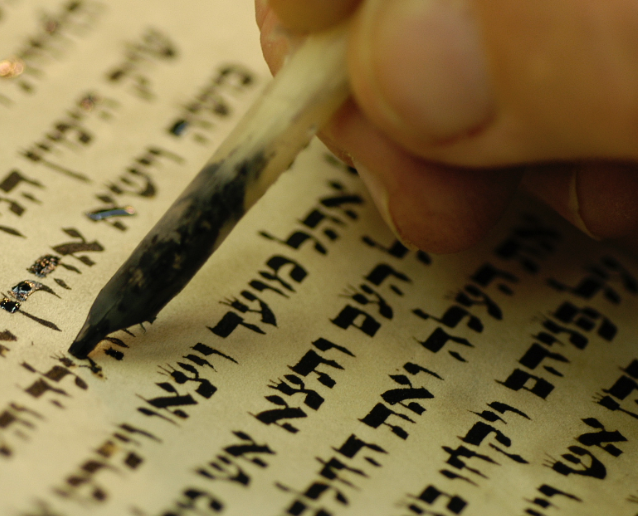
The Torah was written on skins or flesh and likewise the Eternal Torah became flesh!
The Torah is the government of YaHuWaH the Sovereign of the Universe, the Creator. The Messiah (Ha’Mashyach)’s very name Yahuwshuwa means “Yahuwah saves!” The point of the written Torah and the Eternal Torah made flesh is to direct our submission to the Malchut YaHuWaH, the Reign of YaHuWaH the Father. For this reason those who profess Messiah should be engaged in studying the Torah and applying the Kingdom principles found in it’s pages. Messiah will not change the Torah when he comes, he will teach and proclaim all the righteous words of Torah and bring our understanding to completion.
Man does not live by bread alone, but by every Word that comes from the mouth of YaHuWaH!– Deuteronomy 8:3, Matthew 4:4, Luke 4:4
In the beginning of this study we learned that Torah means to hit a target. However the word חַטָּאָת chatat which is usually translated “sin” means literally to miss. That is why 1 Yahuchanon (John) 3:4 states “Everyone doing sin also is without Torah, and sin is breaking Torah.” If we are truly of Messiah we are part of the Brit Chadasha, the renewal of the Covenant.
“For this is the covenant I shall make with the house of Yisra’el after those days, declares YaHuWaH: I shall put My Torah in their inward parts, and write it on their hearts. And I shall be their Elohim, and they shall be My people.”– YeremiYAHUW (Jeremiah) 31:33
Let us Study the Torah together! Each and every week we study the Torah for fresh insights. If you would like to study along with us please visit the Torah Portion Highlights page for the weekly study. Children are a heritage unto YaHuWaH and we are to train them in the way that they should go so they will never depart from it. If you have children or want to learn Torah in a simplified yet effective way please visit our Children’s Torah Portions found at the Youth Center.

